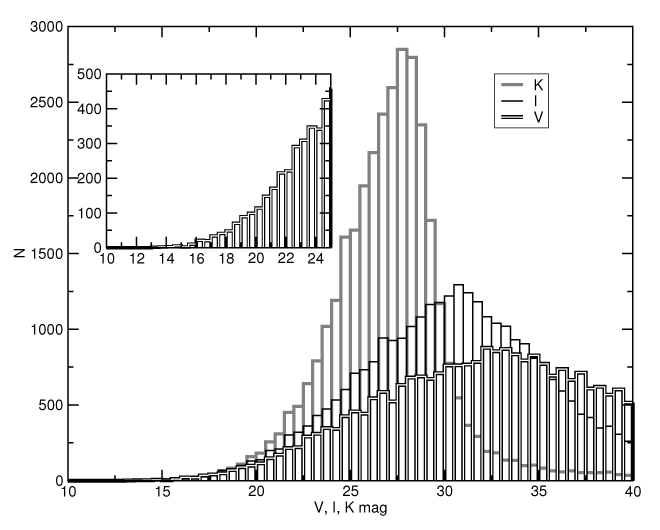
Figure 38: The histogram of apparent magnitudes of the WD binaries that are estimated to be
individually detected by LISA. The black-and-white line shows the distribution in the  -band, the
black line the distribution in the
-band, the
black line the distribution in the  -band and the grey histogram the distribution in the
-band and the grey histogram the distribution in the  -band.
Galactic absorption is taken into account. The insert shows the bright-end tail of the
-band.
Galactic absorption is taken into account. The insert shows the bright-end tail of the  -band
distribution. Image reproduced with permission from [509], copyright by IOP.
-band
distribution. Image reproduced with permission from [509], copyright by IOP.
 -band, the
black line the distribution in the
-band, the
black line the distribution in the  -band and the grey histogram the distribution in the
-band and the grey histogram the distribution in the  -band.
Galactic absorption is taken into account. The insert shows the bright-end tail of the
-band.
Galactic absorption is taken into account. The insert shows the bright-end tail of the  -band
distribution. Image reproduced with permission from [509], copyright by IOP.
-band
distribution. Image reproduced with permission from [509], copyright by IOP.
